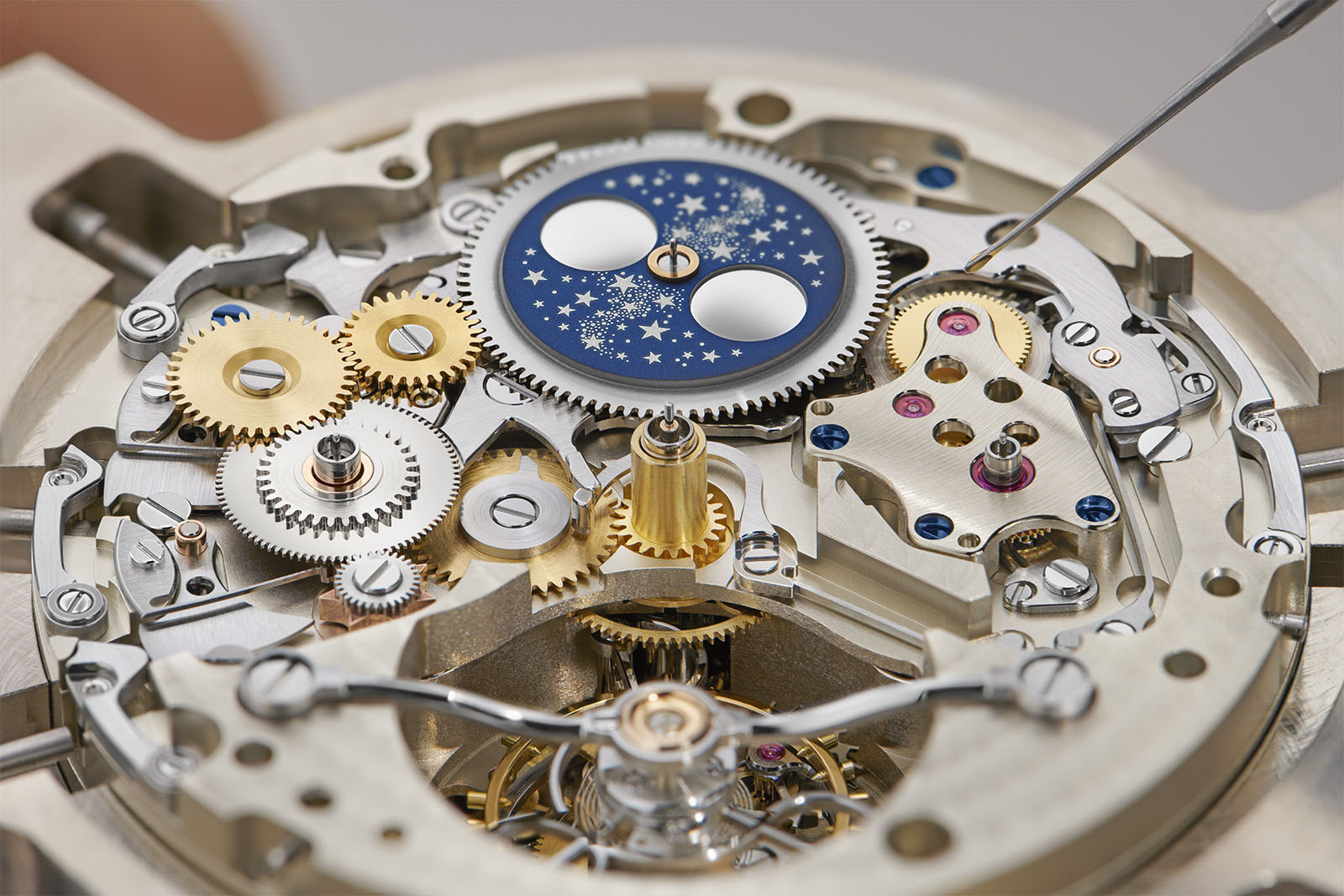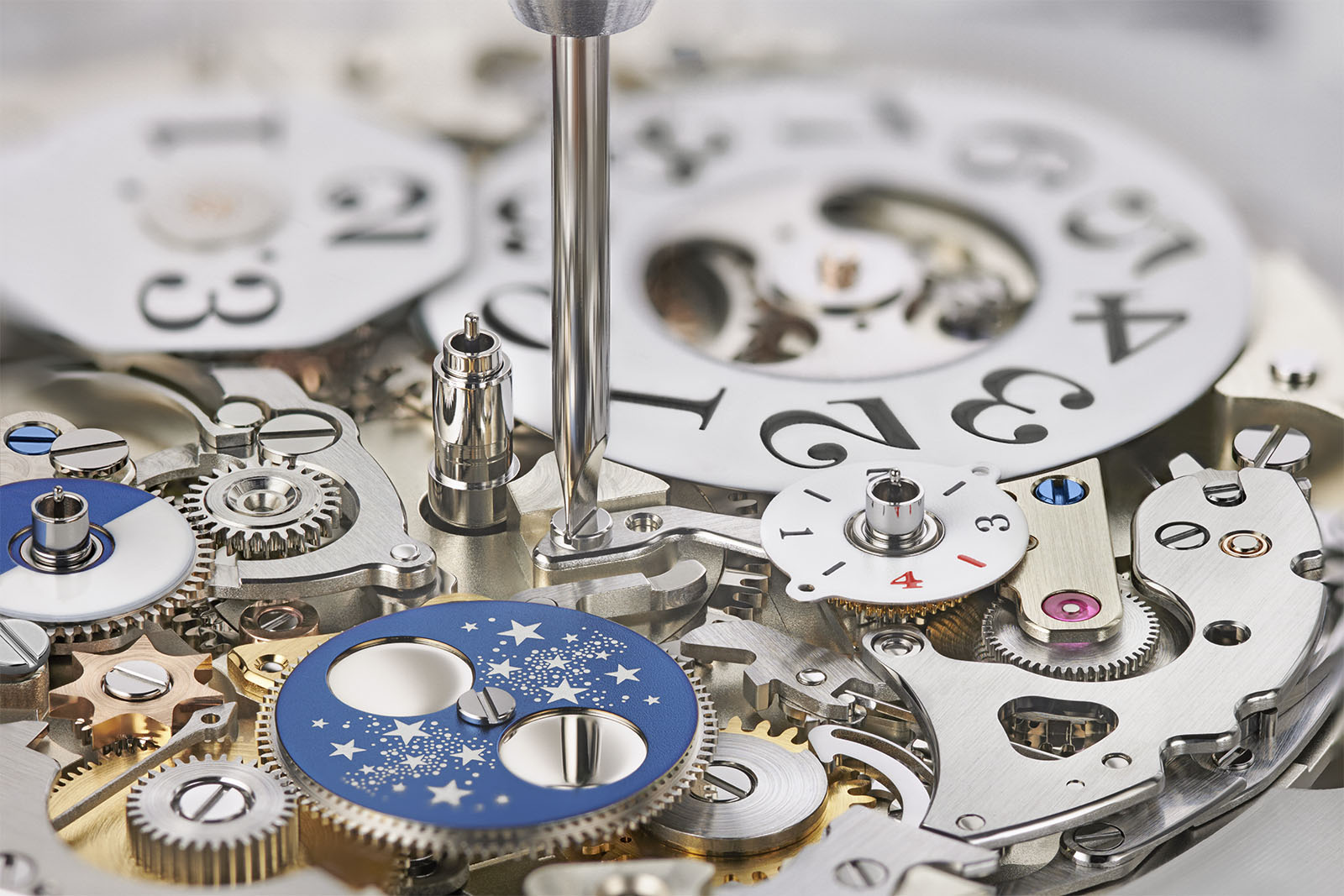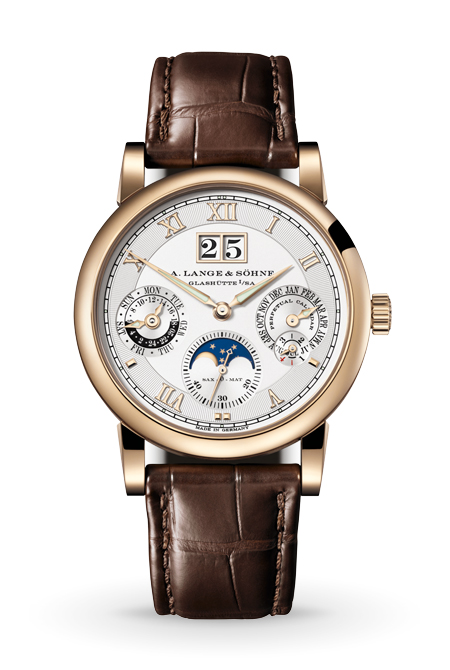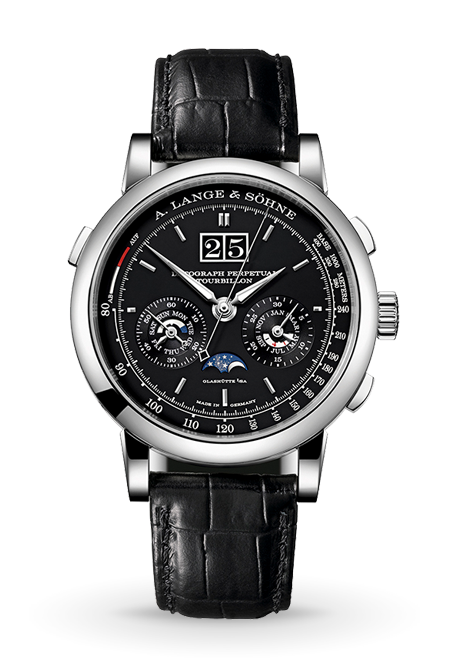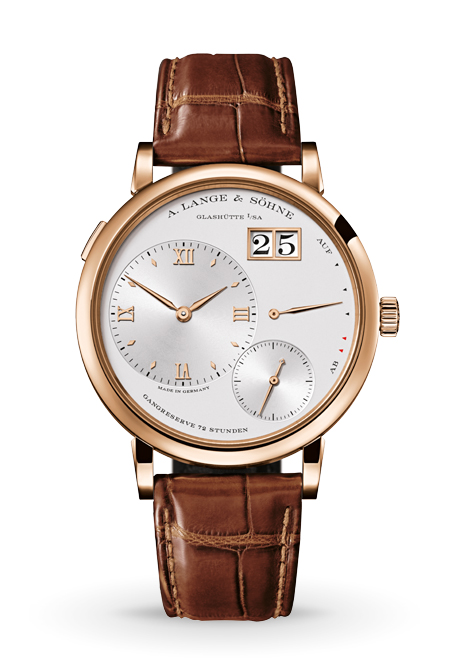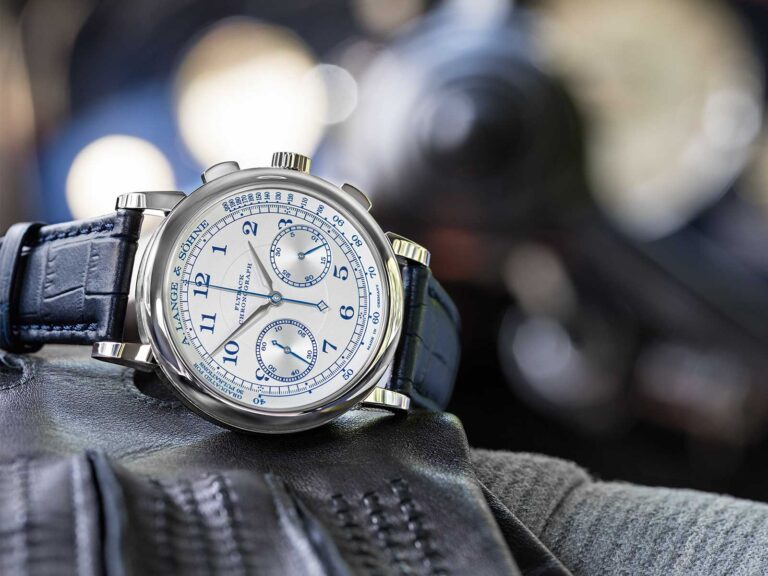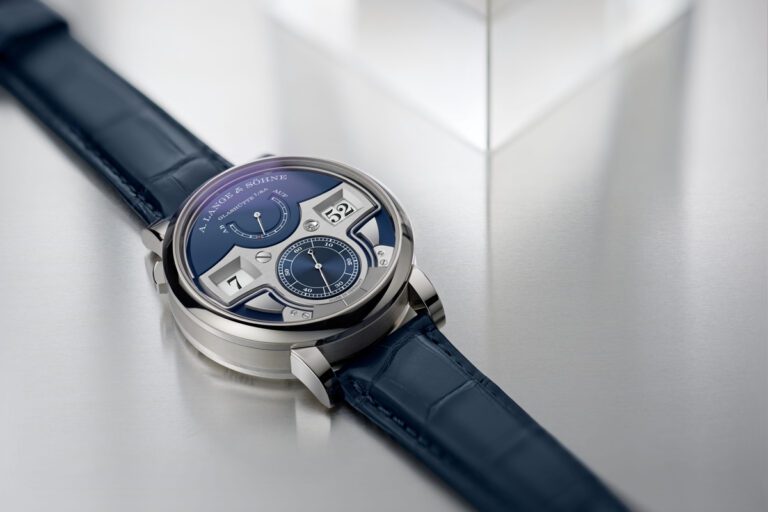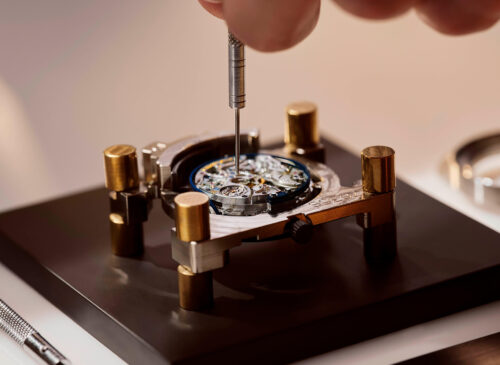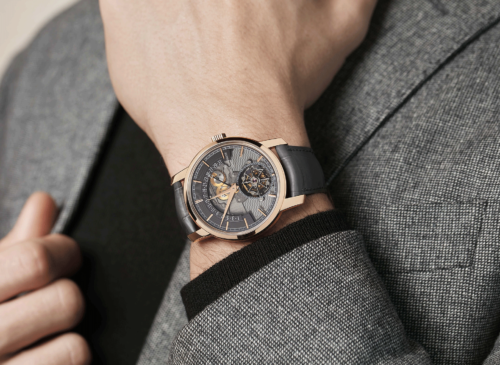Leap Year 2020
Grand appearance for the perpetual calendar
29 February 2020 marks the date again: once every four years, we have one extra day in our calendar. Since 2001, A. Lange & Söhne has launched eight timepieces that consider this. And there’s more: the Saxon manufactory has developed a fundamentally different technical approach to the perpetual calendar mechanism.
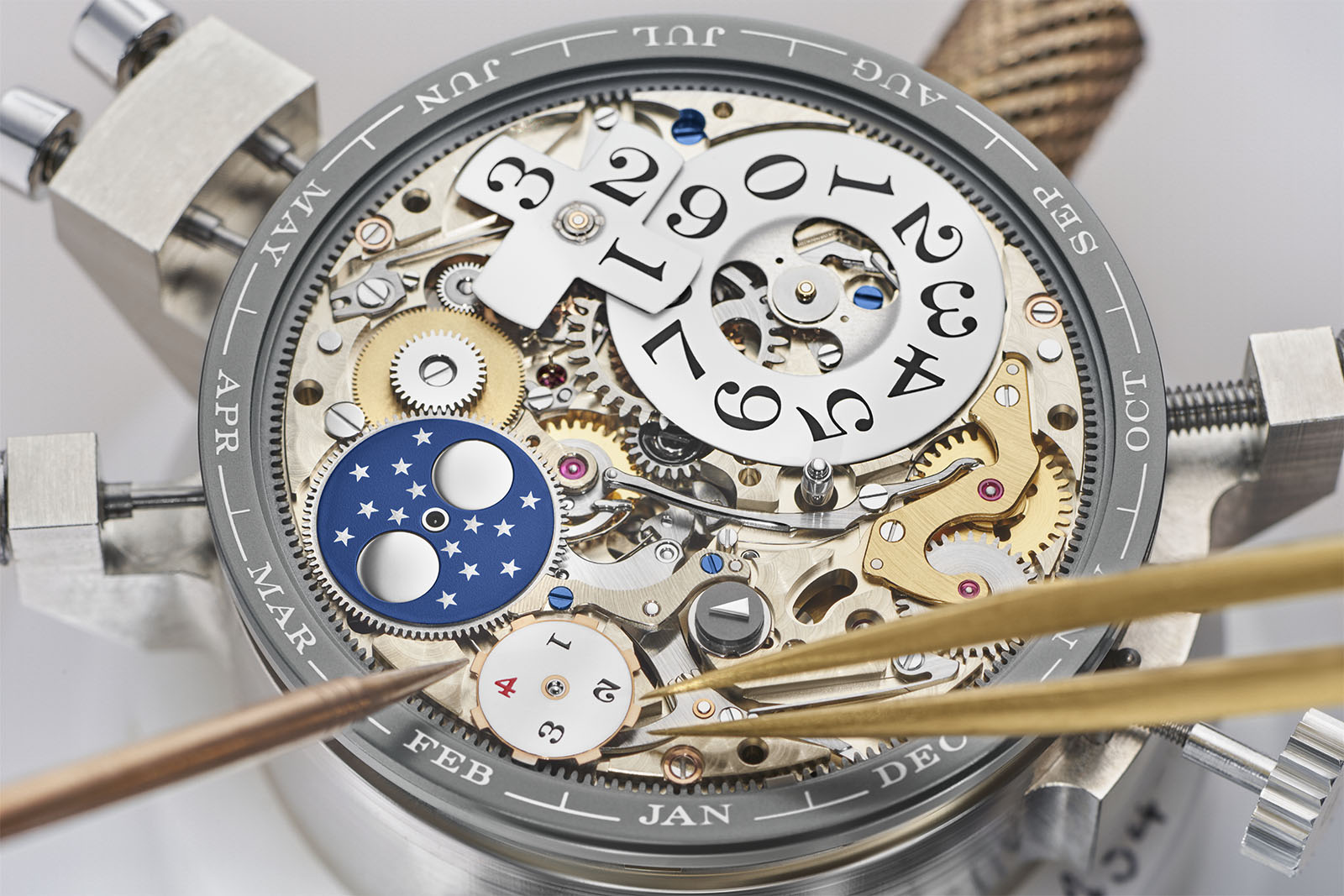
DATOGRAPH PERPETUAL TOURBILLON (Kaliber L952.2). Eine Schraube fixiert den Niederhalter. Seine Aufgabe ist es, die Schaltjahresscheibe nach unten zu drücken.
The year 2020 is the beginning of a new decade. However, true watch connoisseurs appreciate it as a leap year, a year that separates perpetual from annual calendars. The anticipation starts on New Year’s Eve when, at midnight, the leap-year indication switches from 3 to 4. From then, it takes 59 days until the perpetual calendar can finally demonstrate what it is capable of. It will correctly reproduce the transition from 28 to 29 February, but subsequently also switches directly to 1 March at midnight of the leap day. This may sound simple, but it is a formidable technical challenge. It requires the development of a mechanical programme that maps the different durations of all 48 months across the entire four-year cycle.

DATOGRAPH PERPETUAL TOURBILLON (Kaliber L952.2). Eine Schraube fixiert den Niederhalter. Seine Aufgabe ist es, die Schaltjahresscheibe nach unten zu drücken.
The Classic Way
Classically, this task is handled by a programme wheel with 48 notches and steps, which correspond to the different durations of the 48 months in the four-year cycle of three regular years and a leap year. While the wheel rotates only once every four years, the notches and steps are sampled by a lever. The rule is the deeper the notch, the sooner the mechanism switches to the first day of the next month. The four deepest notches correspond to the four Februaries. On a closer look, one of them is slightly shallower. This one marks the February of the leap year with an additional calendar day. The mechanism recognises the different lengths of the months for an entire century. A correction is only necessary in the secular years 2100, 2200 and 2300, which according to the Gregorian calendar will not be leap years. Seven out of eight sophisticated A. Lange & Söhne timepieces with a perpetual calendar and a wide palette of other complications rely on this traditional principle. The LANGE 1 TOURBILLON PERPETUAL CALENDAR, however, is based on a completely new approach.
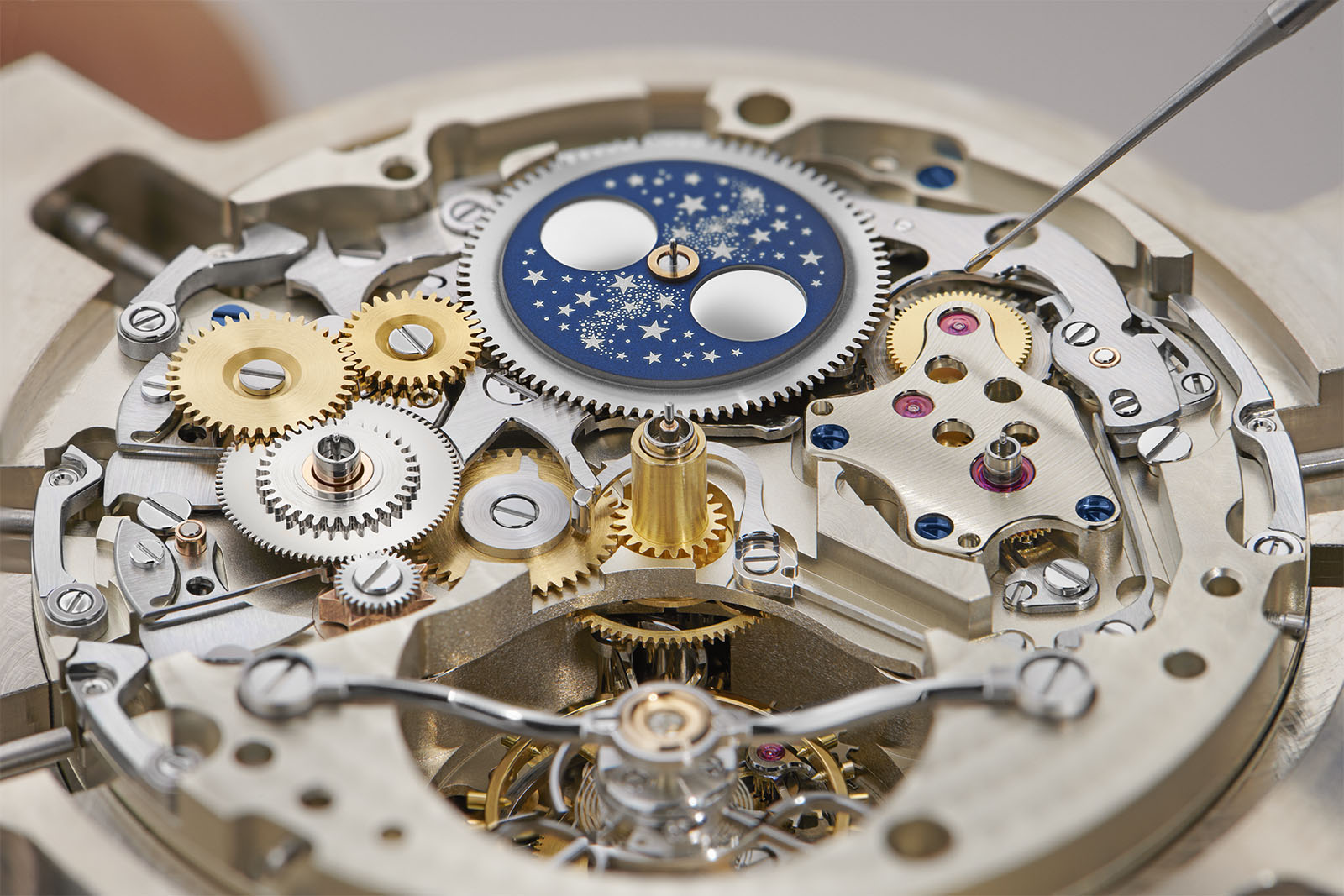
DATOGRAPH PERPETUAL TOURBILLON (Kaliber L952.2). Eine Schraube fixiert den Niederhalter. Seine Aufgabe ist es, die Schaltjahresscheibe nach unten zu drücken.
The Innovative Way
Innovating in a perpetual calendar is tough. It is one of the most traditional complications that dates back to the mid-1700s, when English horologist Thomas Mudge made the first watch with a perpetual calendar. The earliest Lange pocket watches featuring a perpetual calendar as well as a moon-phase display date from the late 19th century. So everything seems to have already been invented. Undeterred by this, the calibre designers at A. Lange & Söhne set out on a new path in the design of perpetual calendars. The development of the LANGE 1 TOURBILLON PERPETUAL CALENDAR launched in 2012 confronted them with the almost impossible task of harmoniously integrating the multitude of calendar indications into the dial architecture of the LANGE 1 without affecting the asymmetric arrangement of non-overlapping displays.
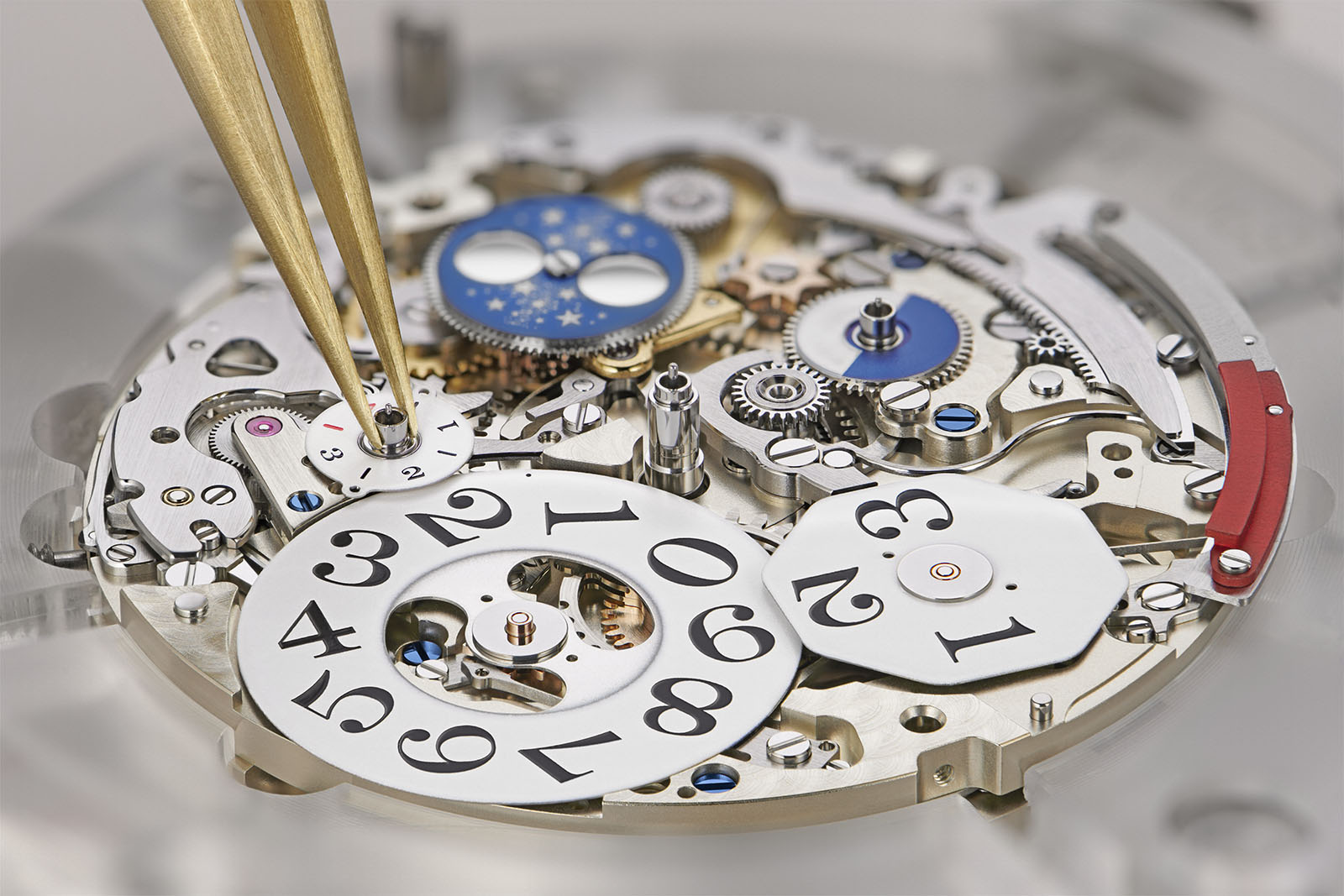
DATOGRAPH PERPETUAL TOURBILLON (Kaliber L952.2). Eine Schraube fixiert den Niederhalter. Seine Aufgabe ist es, die Schaltjahresscheibe nach unten zu drücken.
Its key element is a patented peripheral month ring, which constituted an entirely new type of month display. It replaces the traditional mechanism in which the month is advanced by a notched programme wheel. However, the innovative solution imposed new challenges on the calibre designers. They needed to find a way to rotate the large ring instantaneously by 30 degrees while switching to the new month. This increment is about four times longer than that of the very lightweight and much smaller programme wheel. The quest was on for an alternative drive solution that could advance the month ring by such a large progression – and for an innovative way to sample the duration of each month.








 Rolex
Rolex A. Lange & Söhne
A. Lange & Söhne Blancpain
Blancpain Breguet
Breguet Breitling
Breitling Cartier
Cartier Hublot
Hublot Vacheron Constantin
Vacheron Constantin IWC Schaffhausen
IWC Schaffhausen Jaeger-LeCoultre
Jaeger-LeCoultre OMEGA
OMEGA Panerai
Panerai Roger Dubuis
Roger Dubuis TAG Heuer
TAG Heuer Tudor
Tudor FOPE
FOPE Agresti
Agresti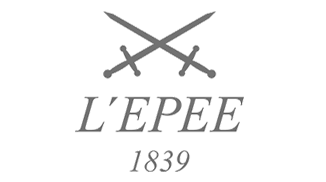 L’Épée 1839
L’Épée 1839



